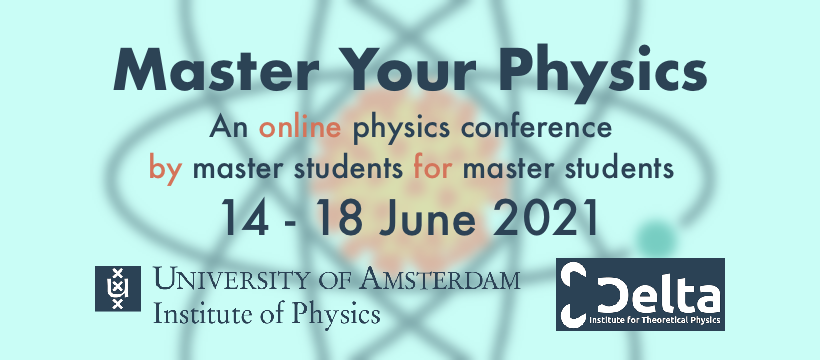Speaker
Description
A new generation of large aperture and large field of view telescopes is allowing us to explore large volumes of the Universe in an unprecedented fashion. This has led to the discovery of new populations of astrophysical events or new phases of evolution of known objects. In order to take advantage of these new telescopes a new time domain ecosystem is developing. Among the tools required for this new ecosystem are fast machine learning aided discovery and classification algorithms, interoperable tools that allow for an effective communication between brokers and follow-up telescopes for rapid reaction, and new models and tools to extract the most physical knowledge from these observations. In this talk I will review the challenges and progress of building one of these systems: the Automatic Learning for the Rapid Classification of Events (ALeRCE) astronomical alert broker. ALeRCE (http://alerce.science/) is a new alert annotation and classification system led by an interdisciplinary and interinstitutional group of scientists from Chile and the US. ALeRCE is focused around different scientific cases: stellar explosions, variable stars, supermassive black holes, and asteroids. I will discuss some of the challenges associated with the problem of alert classification, including the ingestion, annotation, database management, training set building, distributed processing, machine learning classification and visualization, or the challenges of working in large interdisciplinary teams. I will show some results based on the real‐time ingestion and classification using the Zwicky Transient Facility (ZTF) alert stream as input, as well as some of the tools available. In about one year of operations we have ingested more than 120 million alerts, classified about 30 million objects based on their images, classified about one million objects based on their light curves, and reported more than 4000 supernova candidates.

